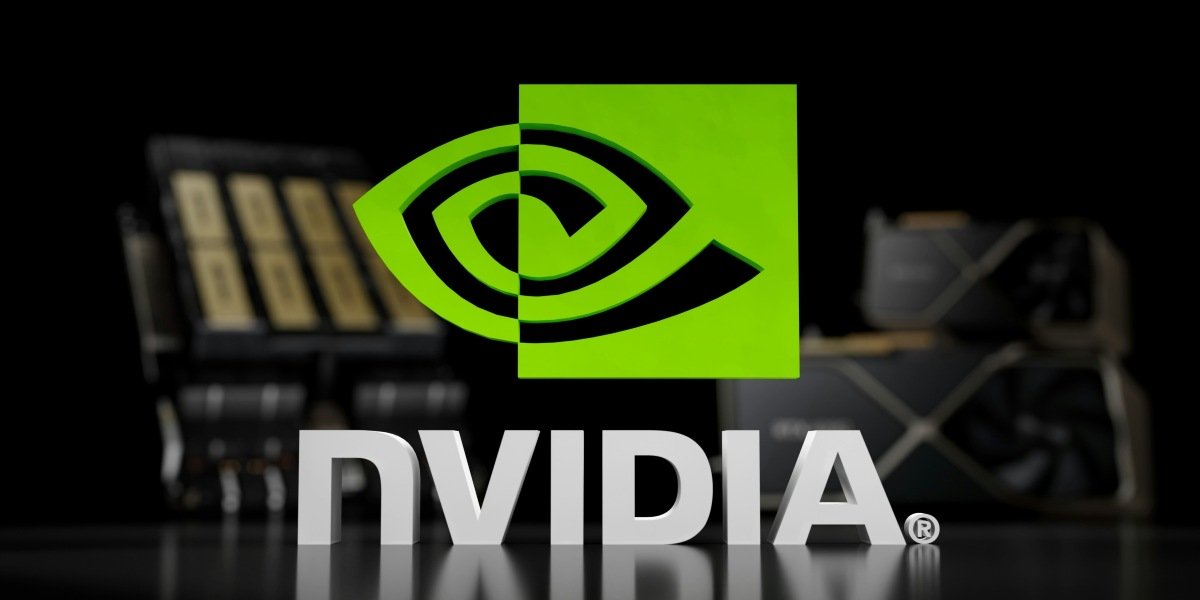Nvidia Invests $5B in Intel to Expand AI Chip Collaboration
What the Investment Agreement Covers
Nvidia has committed $5 billion to acquire a 4% equity stake in Intel, forming a strategic partnership focused on co-developing AI-optimized chips for data centers and personal computing. The collaboration includes joint engineering of NVLink-connected CPUs and RTX system-on-chips (SoCs), designed to improve bandwidth and reduce latency in AI model training and inference.
According to The AI Track, the agreement will give Nvidia access to Intel’s advanced packaging and foundry services, while Intel benefits from Nvidia’s GPU architecture and software stack. The partnership is expected to support both companies’ efforts to meet growing demand for generative AI infrastructure.
The deal is structured as a long-term supply and development agreement, with shared intellectual property and cross-licensing provisions. Nvidia’s stake will be non-voting, allowing Intel to retain governance control while benefiting from capital and technical collaboration.
The companies plan to begin joint production of AI chips in early 2026, targeting hyperscalers, enterprise cloud providers, and high-performance computing clients. The chips will be manufactured using Intel’s 18A process node and integrated with Nvidia’s NVLink interconnect.
Why Nvidia Is Partnering With Intel
Nvidia’s decision to invest in Intel reflects a strategic shift in how AI hardware is sourced and scaled. As demand for compute accelerates, Nvidia faces supply constraints in its existing foundry relationships. Partnering with Intel provides access to additional manufacturing capacity and advanced packaging technologies.
The collaboration also supports Nvidia’s goal of expanding its presence in CPU markets. While Nvidia dominates GPU-based AI workloads, many enterprise applications require tight integration between CPUs and accelerators. Co-developing NVLink-compatible CPUs allows Nvidia to offer more complete solutions for data centers.
Intel’s foundry services have matured in recent quarters, with the company reporting improved yields and expanded capacity. By aligning with Intel, Nvidia may reduce its dependence on Taiwan Semiconductor Manufacturing Company (TSMC), which has faced geopolitical and logistical pressures.
The partnership may also help Nvidia manage costs. Building chips in the U.S. through Intel’s facilities could reduce shipping delays and improve supply chain resilience. This is especially relevant for government and defense clients seeking domestic sourcing.
How Intel Benefits From the Deal
Intel gains both capital and strategic alignment from Nvidia’s investment. The $5 billion infusion supports Intel’s foundry expansion and R&D efforts, particularly in AI packaging and interconnect design. It also signals market confidence in Intel’s turnaround strategy, which includes regaining leadership in advanced nodes.
The partnership allows Intel to integrate Nvidia’s GPU technology into its CPU platforms, improving performance in AI-heavy workloads. This may strengthen Intel’s competitiveness against AMD and ARM-based solutions, especially in cloud and edge computing.
Intel has struggled to maintain market share in high-performance computing, where Nvidia’s accelerators dominate. By collaborating on SoCs and interconnects, Intel can offer differentiated products that appeal to enterprise clients seeking integrated AI solutions.
The deal also positions Intel as a credible alternative to TSMC for high-volume AI chip production. If successful, it may attract additional clients looking for geographically diversified manufacturing options.
According to Business Times Singapore, the investment is part of a broader trend of vertical integration in the semiconductor industry, where companies seek tighter control over design, production, and deployment.
What the Market Should Watch Next
Investors are watching for regulatory filings and production timelines related to the Nvidia-Intel partnership. Key indicators include the rollout of joint chip prototypes, updates on Intel’s 18A node readiness, and any changes to Nvidia’s supply chain disclosures.
The deal may influence pricing and availability of AI infrastructure components. If Nvidia and Intel succeed in scaling production, it could ease pressure on GPU supply and reduce lead times for enterprise clients.
Competitors may respond with new partnerships or acquisitions. AMD, Qualcomm, and ARM licensees could seek similar collaborations to remain competitive in AI workloads. Cloud providers may also adjust procurement strategies based on the availability of Nvidia-Intel chips.
The agreement may affect broader semiconductor valuations. If Intel demonstrates improved execution and Nvidia expands its product portfolio, both companies could see upward revisions in earnings forecasts and analyst ratings.
As of September 22, 2025, neither company has disclosed full terms of the agreement. However, industry analysts expect further details during Nvidia’s next earnings call and Intel’s upcoming investor presentation.




